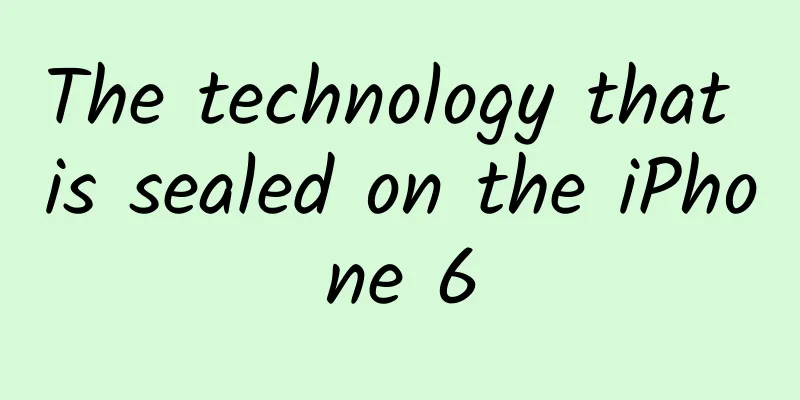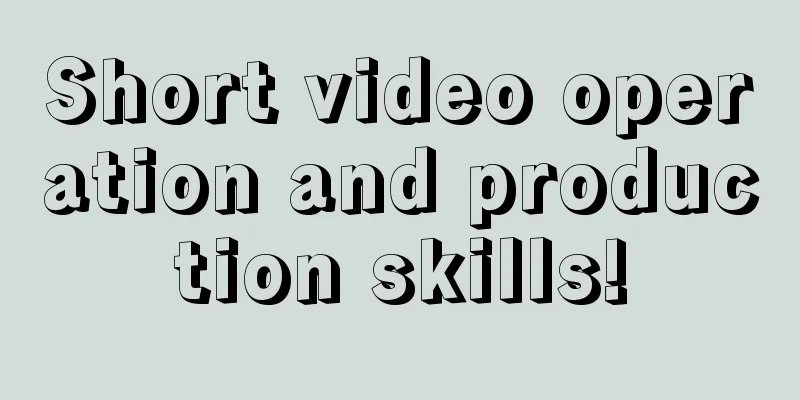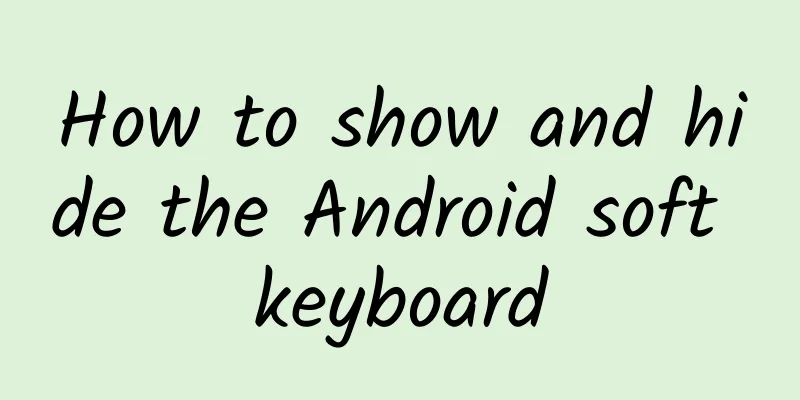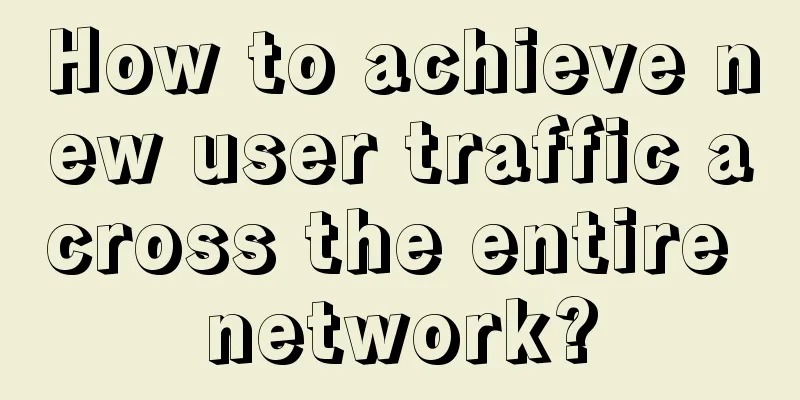The technology that is sealed on the iPhone 6

|
In addition to allowing us to once again witness Apple's skills in product research and development and design, the technology behind the MacBook and Apple Watch is also eye-opening for many people. One of the most popular technologies is the tactile feedback technology called "Force Touch", which simulates the corresponding force feedback or the touch in the virtual screen through precise control of the motor. We have previously made a detailed interpretation of this technology. As a competitor that often "bickers" at press conferences and in the market, Google has also taken action in this regard, but it has not received much attention: on April 16, the "Games You Can Feel" section was launched on the Google Play Store, bringing together 15 games that have already applied tactile feedback technology, including the once popular "Angry Birds", "Trials Frontier" and "Fishing Master: Season 3". The technical support for these games is provided by Immersion, a technology developer founded in 1993 that has focused on tactile feedback for more than 20 years.
Li Hongming, General Manager of IMS Greater China Today, Imaging introduced the TouchSense Engage tactile feedback technology SDK development tool for mobile games in Beijing, and we also got to know more about this technology company that has been behind the scenes for a long time. In the more than 20 years since its establishment, Imaisen has accumulated 1,900 patents (approved and pending) in tactile feedback. However, although Imaisen provides technical solutions and technical authorizations for the products of many well-known companies, such as the vibration feedback of early Xbox and PlayStation game controllers, it is still a small but beautiful company with about 150 employees worldwide. Among them, the Greater China office established in May 2014 currently has 20 employees. According to data provided by Imeisen, there are now more than 15,000 Android games that use TouchSense Engage, and the number of downloads by users has exceeded 100 million. At present, the development teams of these games are mostly concentrated in the US and European markets. In the experience area, several machines have been installed with games using this technology, including a Xiaomi 4 running Angry Birds. However, in the experience, the slingshot did not have a clear feedback force at different stretch levels as I expected, and there was no obvious difference in the intensity of vibration. However, in the demonstration video that integrates TouchSense Engage technology, the elevator switch scene left a deep impression on me. This is a scene in a game level. After reaching a floor, the elevator door opens. At this time, I hold the phone in both hands and clearly feel a vibration feedback in the left and right directions. When the elevator closes and continues to rise to a higher floor, there will be another upward vibration feedback. This should be the most intuitive tactile feedback technology I have experienced, except for the "two-stage" pressing simulated by the MacBook trackpad. However, most of the experiencers on site, including me, have not yet experienced the tactile feedback technology that can “perceive objects in the virtual world”. In response to this question, Li Xiejia, head of the game and content business in China, said that it is not technically difficult to implement more sophisticated tactile feedback. The biggest bottleneck at this stage is that game developers and designers find better scenarios for using these technologies: The SDK tools we provide have integrated 124 different tactile effects, such as action initiation, ability enhancement, impact effects, slingshot use, celebration scenes, atmosphere rendering and progress prompts. Each effect has three levels of feedback intensity that can be adjusted: high, medium and low. Switching to Android is not my ideaAccording to Li Xiejia, the reason why Android or Android games were chosen as the breakthrough point was mainly due to the closed nature of the iOS system. Most of the permissions opened by Apple were basic feedback, such as ringtones, touch vibration, etc. Victor Viegas, global president and CEO of Emerson, said something more subtle in an interview with EE Times: It is too early to say whether the patented technology of Imerson is used in the Apple Watch, because the Apple Watch with haptics (tactile feedback) is not yet on the market.
Victor also revealed another very important information: the AAC motor and other hardware and software on the iPhone 6/6P can support the haptics function, but they turned it off through the software. Once there is a need, they can turn on the haptics application at any time by upgrading the software. That means Apple can add tactile feedback to the iPhone 6/6 P's virtual keyboard, games, camera, video, etc. through software updates. As for whether Apple needs to pay patent fees to IMS, Victor said he will negotiate with Apple. Victor also talked about Imsense's profit model in the interview: pure patent technology licensing, and another way is for Imsense to provide software, tools and reference design solutions and collect copyright fees for each device .
Li Xiejia, Head of Game and Content Business, Greater China, Imeisen In fact, tactile feedback is also widely used in the bottom layer of the mobile phone system, such as vibration feedback of startup, text input, ringtones, and lens focus adjustment, etc. Even wearable devices have IMS technology supporting the back end. Cooperating manufacturers include Samsung, Meizu, "China's largest mobile phone manufacturer Huawei", and "China's largest Internet mobile phone manufacturer Xiaomi". In addition to mobile phone applications, haptic feedback technology can be used in medical simulations and on car central control screens. As for the TouchSense Engage SDK for mobile games released this time, Li Xiejia said that it has been basically adapted to Android devices, and engineers can easily get started. The biggest difficulty is to find the right scene to apply haptic feedback technology "just right" as mentioned above, so as to expand the experience dimension of mobile games beyond sound effects and video. Regarding the future application of tactile feedback technology, Li Hongming, General Manager of IMEISEN Greater China, gave a very public and loving outlook: Only mobile phones with touch can cover all groups of people, including the blind, the deaf and dumb, and the normal people. We also have a technology called tactile assistance system, which is the most likely to be used by mobile phones with full coverage. A mobile phone manufacturer in Japan specializes in making mobile phones for the elderly. As the elderly age, their vision and hearing are not good, adding a vibration sensor can ensure the safety of the elderly's walking and timely access to information. |
<<: Experts among the people: Cortana ported to the Android platform
>>: Sneak peek at what the famous Apple Watch apps look like
Recommend
Weisou v2.0.1 Multi-function search engine for pictures, network disks, etc._Free mobile software, download software
Software Information Name: Weisou Package name: c...
Dance Steps and Emotions "The Way of Flirting 3 Decoding the Heart" Watermark-free PDF e-book
Dance Steps and Emotions "Teasing 3 Decoding...
Can the mini program be taken offline? How to take a WeChat Mini Program offline?
Can the mini program be taken offline? How to tak...
Four common methods for attracting traffic from Douban
When it comes to Douban, many people's impres...
Where is the most effective place to place the Wenchang Tower in 2020?
In life, we see some families placing the Feng Sh...
The official version of iOS 13.5 is here! Is there any difference from the GM version?
Just one day after releasing the iOS 13.5 GM vers...
Abstract types and methods in Swift
In object-oriented programming, an abstract type ...
Ali Xianyu’s event promotion and marketing rules!
To organize a good event, you cannot rely on sudd...
Zhongshan jewelry mini program customized development, who is the best jewelry mini program?
With the opening of various functions of mini pro...
Summarize some suggestions from Effective Java that can help Android development
Effective Java is considered by many to be one of...
Analysis of the operational process of Tik Tok advertising promotion model!
How are advertisements for products searched on J...
Multi-style card stacking view--ZLSwipeableViewSwift
Source code introduction: It can realize the card...
XML 4 parsing examples
Functional classification: Tools Supported platfo...
Tik Tok's recent popular game live broadcast: subway tutorial + source code + software
This article shares with you a set of Douyin's...
Build your own site group from scratch: you only need to spare 1-2 days a month, and earn about 20,000 yuan a month
Build your own site group from scratch: you only ...









